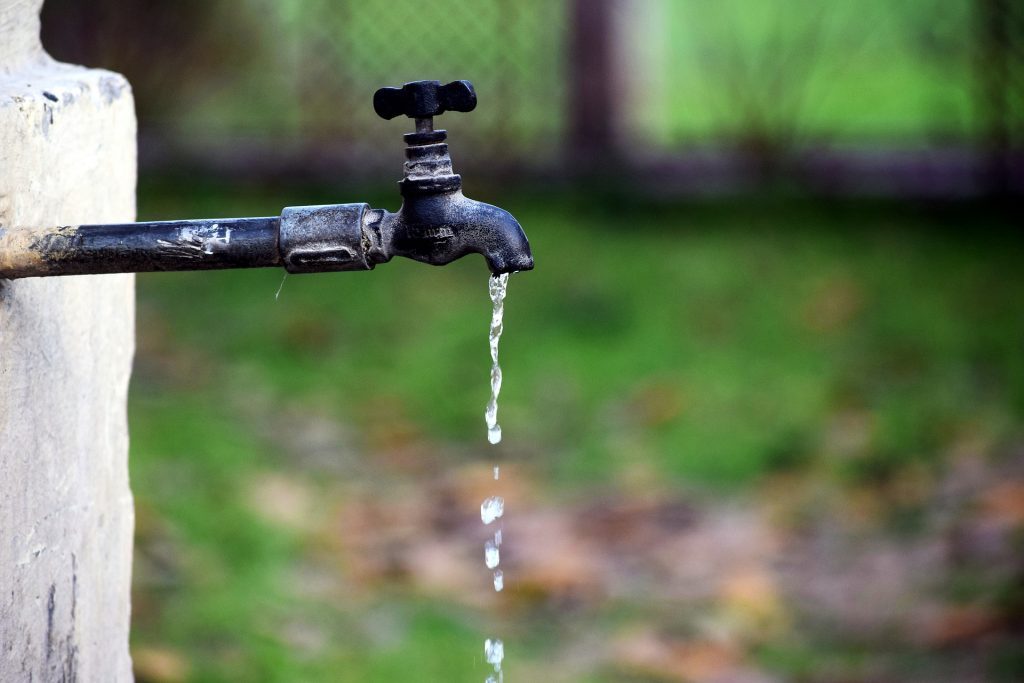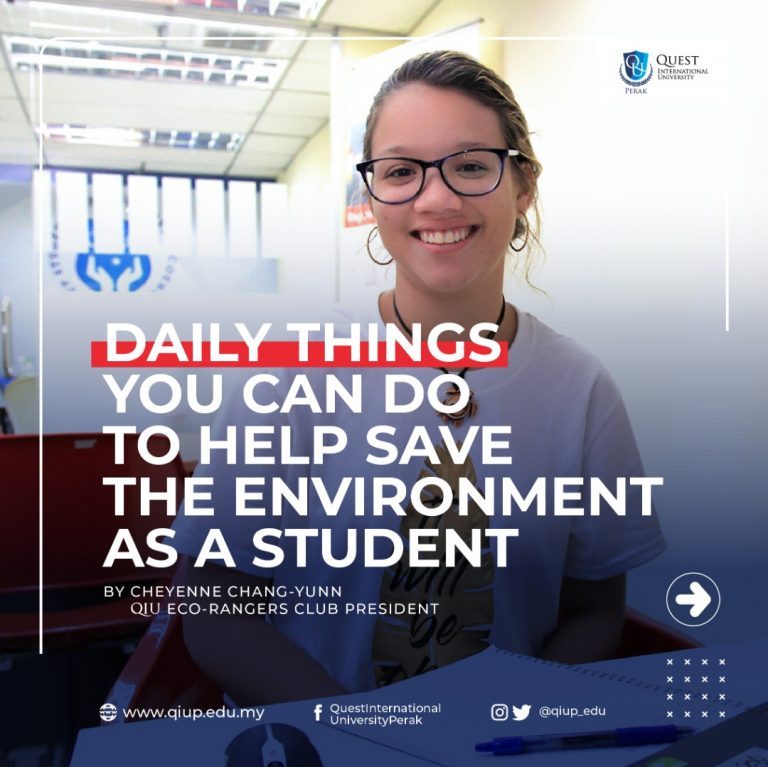We’ve all seen them. Heart-wrenching pictures of marine wildlife coated in an oil spill. Polar bears and orangutans left starving and displaced while their habitat disappears.
The vivid illustrations of humanity’s impact on the natural environment can be overwhelming, and they leave many of us asking ourselves “What can I do to help?”
The good news is that we can help the environment just by making some small changes in our life. It may be difficult to adapt to these choices overnight. But change has to start somewhere, and the small changes you make can have a major difference. Here are some of them:
Hygiene & Personal Care
You have control over the products you choose to use, and that’s actually a lot of power. Before choosing products, research their contents and find out if they contain chemicals that aren’t safe for you and the environment. Stick to products that are healthier and this will minimise daily individual chemical discharge.
Some personal care products come in packaging that are single-use, which means that they cannot be reused. Look into reusable products such as reusable razors, toothbrushes, protective masks and baby diapers/sanitary products.
Grocery/Food Shopping
Let’s start simple with three words: Reusable. Grocery. Bags. Huge difference.
We may not realise it but almost every product that we consume is packaged in some sort of plastic. To reduce our plastic use, personal reusable containers like water bottles and Tupperware are a must.If that means having a whole compartment for containers in our school bags and lockers, it’s worth it.


Once again, being aware of the different constituents of food and other general grocery products are just as essential as consuming them. This is good because you know what products may contain too many additives, preservatives and colourants, and that’s good for your health as well.
Clothing /Fashion
As students, it is safe to say that we are one the largest fashion consumers and it is often hard to resist buying the latest trends especially when they are on sale. But like many other industries, the clothing industry has a significant environmental impact. Here are some facts:
- It can take up to 2,700 litres of water to produce the cotton needed to make a single T-shirt.
- Fashion production makes up 10 per cent of humanity’s carbon emission.
- On average, people bought 60 per cent more garments in 2014 than they did in 2000. But they only kept those clothes for half as long.
- 85 per cent of textiles go into landfills each year. One garbage truck full of clothes is disposed of every second.
How can we help? Well, once again, educate yourself. Choose your clothes carefully and if possible, look for brands that are reducing carbon emissions and water use.
But crucially, try not to waste so many clothes. There are a huge number of videos on YouTube teaching you how to reuse and repurpose your clothes. And if they’re too old, welcome them to the batch of house cleaning rags. Your bank account will thank you as well.
Water Usage
Many parts of the world are currently facing a water crisis due to insufficient freshwater sources that are able to maintain water demand from the regional population and our activities.
This is so simple, but bringing our own water from home instead of buying a bottle of water (or a sugary drink, ahem) every day makes a difference. Not only is it green in the environmental sense but it also puts more green in your pocket.
Another simple tip: minimise water usage by not leaving taps and faucets running for too long. When you do the dishes, wash your car or give your pets a bath, turn off the tap when you’re not actually using the water. Every little bit helps.


Energy Usage & Transportation
As students, those of us who aren’t taking online classes can reduce our carbon footprint by choosing public transportation, carpooling or e-hailing services so as to decrease carbon emissions per person and other pollutants.
Globally, cycling has proved to be a sustainable option as well. Not to mention how cheap it is (no petrol) and how it helps your fitness (no better time to burn calories).
Nonetheless, for some having a personal vehicle is still essential. Many current models have technology that reduces carbon emission through engine hybridisation and fuel cleaning. But regardless of your car, there are plenty of ways to drive in an eco-friendly way. Here are some:
With regards to energy, we students depend on electricity in several ways, including air-conditioning, lighting, Internet routers, gadgets and many more. Turning the switches off when they’re not in use goes a long way as this decreases the average electricity consumption per person and overall utility fees.




